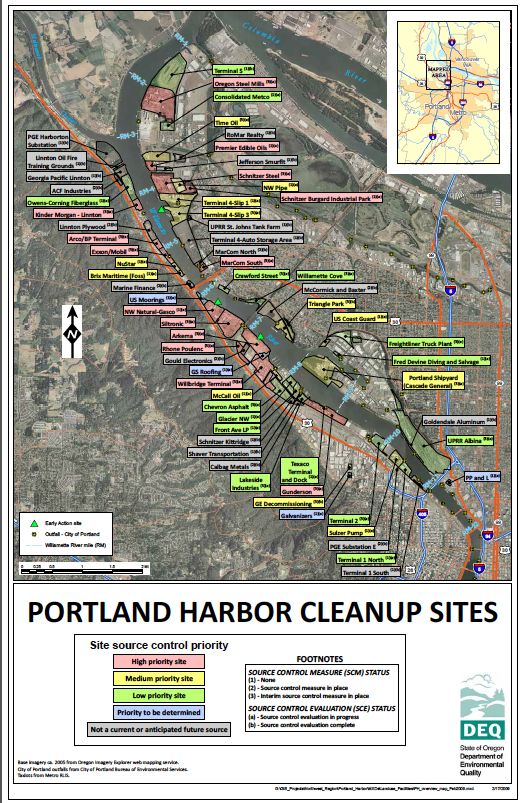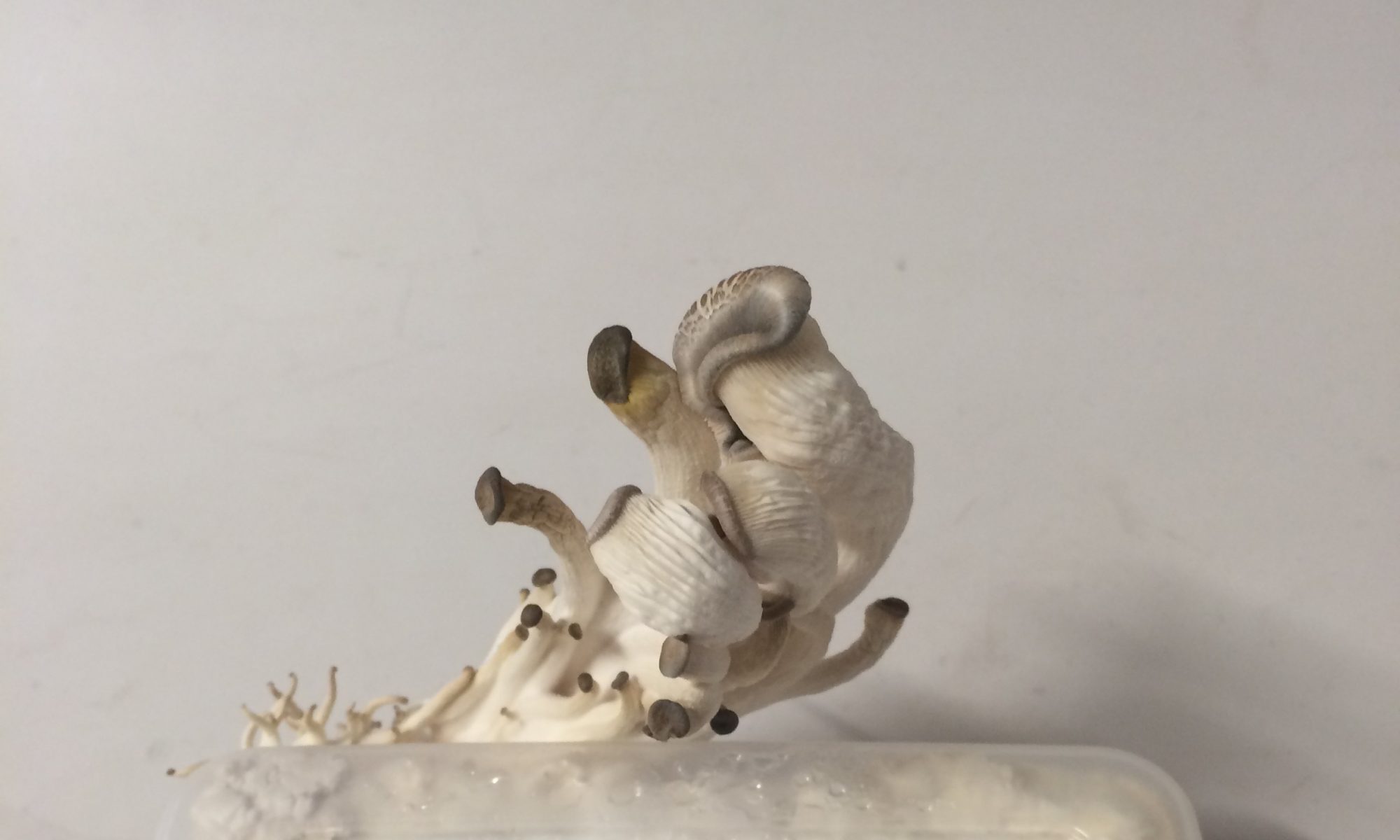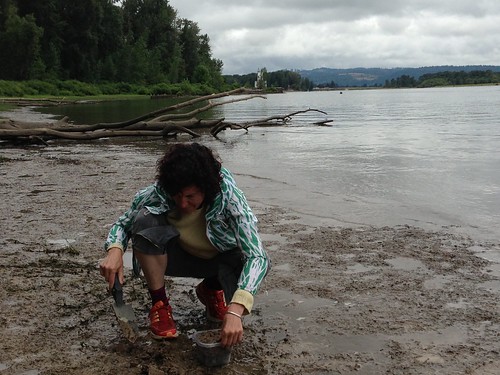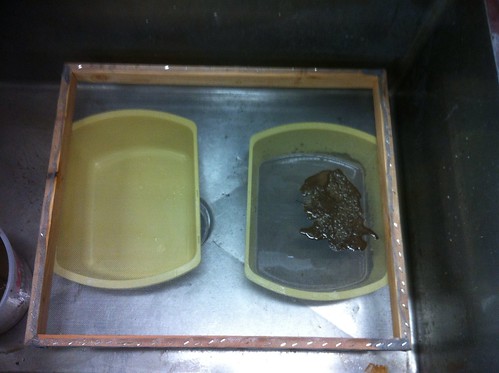SO tempting to call it superfun/d, but the marvelous Christie Leece with her Superfund Salvage oh so subtly or accidentally came to a similar etymological epiphany already.
Look:


2022 Archive of RENATURED, Marina Zurkow's Research Blog
ANIMALS, PEOPLE AND THOSE IN BETWEEN
SO tempting to call it superfun/d, but the marvelous Christie Leece with her Superfund Salvage oh so subtly or accidentally came to a similar etymological epiphany already.
Look:

As for the clay, now I am teaching myself how to process it. I’m using the best online explanation I could find here.
So first, yeah, I found some clay. I was simply excited to touch the stuff and recognize it as clay: silky, powdery, and if you wet it and rubbed it between your fingers, you could tell, if you’d ever handled slip in a cushy predetermined amateur clay studio like the one I work in in Brooklyn. I’m not good at assessing clay yet; apparently you should roll the clay in question between your palms and if it turns into a worm, it’s good whereas if it falls apart or smears into palmy smaze, it’s not going to be very usable.

Back at PNCA, I’m using the ceramics studio to see if it’s usable, fireable, what it can do — if anything.

So that’s where I am. More to come as the clay does its thing.
+++
Update Aug 14
I processed all the clay samples from the four sites.
Willamette #2 I left as slip and Willamette #3 I had to amend with some Kentucky Old Mine #4 Ball (OM-4) clay, apparently from a mine in Kentucky.
I was told* that clay, in order to have any plasticity, must contain a variety of particle sizes or it will dry up and crack, as mine did when I laid it out on the plaster slab.
But as slip, it is surprisingly adherent and is not cracking.
Here are 4 slab-rolled hand-built stoneware cups, coated with slip from Willamette site #2:
Here are 2 pinch pot containers made from the Willamette site#3 clay amended with 20% OM-4 Clay. Even with the added clay, it was still quite lifeless so I knew that slab rolling for hand-built cups was not going to end well:
Next step: firing.
One bisque fire (no 2nd firing):
They are much brighter red than you see here.
+ + + +
* More info on clay elasticity:
http://ceramicartsdaily.org/community/topic/3087-clay-elasticity-or-not/
“For a body to be really workable, you need particles of various sizes. Grog, while rated at a specific mesh size, actually has particles of many sizes.”
Some suggestions from this forum include adding ball clay, which is fine, urine, beer, and bentonite.

Found a boat on Craigslist belonging to a retired lineman named Kent; he took me and Peter out from Cathedral Park, up through Multnomah Channel, around the top of Sauvie Island, down the Columbia along the south side of Hayden Island, down to Government Island, and back around Kelly Point to our start. Photos ins sequence can be found starting here on flickr.
My agenda was to start to get a sense of the usage overlays along the northeast and northwest sides of Portland, and also dip up just outside the city bounds, where agriculture is happening (on Sauvie Island). I also wanted to start experimenting with local clay, the river banks are full of it.
I sampled clay from the river banks at 4 spots:
1.
Lighthouse NE end of Sauvie Island
+45° 50′ 52.80″, -122° 47′ 20.52″
2.
+45°38’53”, -122°46’3″
Kelly Point
3.
+45° 34′ 18.75″, -122° 31′ 25.01″
Government Island
4.
+45° 35′ 11.95″, -122° 45′ 45.44″
Cathedral Park
5.
bond street sewer
6.
linnton shoreline
OK. I feel like I started this string of posts airdropped, as I was, in the middle with very little context. I won’t say the fog has cleared, but I do have some more thoughts to add. As I posted in July, I’m starting a new project in Portland Oregon. It’s a result of a multi-year Research Fellowship through the Pacific Northwest College of Art‘s Collaborative Design program. I am very grateful to the MFACD Chair, Peter Schoonmaker, Animated Arts’ Rose Bond, Academic Dean Mark Takiguchi, and Provost Greg Ware. I’m the guinea pig Research Fellow, and looking forward to it.
It is now week 3, time is flying it’s summer, it’s beautiful, people are away or slower, and so I have also had to slow down.
I’ve started several resource spaces to keep track of work in addition to this blog:
PDX maps
PDX history, geology and terroir
Soil Microorganisms
flickr
My premise is to make entirely new work, adopt new methods, work more closely with science advisors, and get to know a particular place over a much longer period of time than I am normally able. The rubric for this is to re-invest/ investigate the notion of Terroir. As I have been writing a lot of letters to possible mentors and contacts, I have been trying to refine what I mean, way in advance of any sure thoughts on the subject or my own output.
I’m posting this excerpt of a letter I wrote to a soil superstar in case anyone has any suggestions!
In short, I am starting work on a long-term project that focuses on Portland’s shoreline and waterway uses, as a way to explore local/global connections, and a variety of communities, both human and non-human.
I am keen to learn more about microbial soil communities, and their connection to larger systems of “terroir” (I would like to see that word applied to more than wine and fine commodity products). My current strategies include clay harvesting, and getting intimate with how soil works; I have many questions that are difficult for a lay person to access; information tends to be directed either to the gardener who needs to know a basic and general sense of soil composition, or to the professional and academic, which is very detailed and granular.
So here are my questions.
I’m looking for a soil biologist, preferably in the Portland area, who’d be interested and game to work with me on soil sampling, microvideography, and who has expertise they are wiling to share. I am not a pest or a flake in the least, I promise, and I absorb information pretty well.
The kinds of primary inquiries I am interested in knowing more about have to do with:
— the question of whether microbes can be/are speciated (I recently read that the tiny ones are not here), and how that impacts their study and status, so to speak.
— how site-specific are organismic communities? Do local and global factors have effect on specific communities?
I also want to map the northern end of Portland’s shoreline – its uses and abuses seem to range from wetland to swimming hole to superfund site to golf course to airport to speedway to houseboat enclave to recreational park to, of course, the Port of Portland.